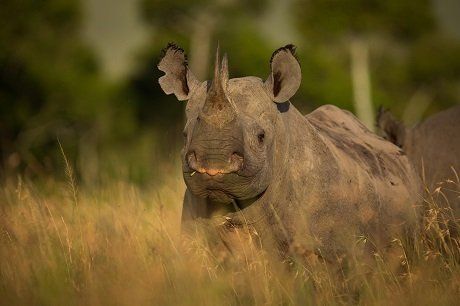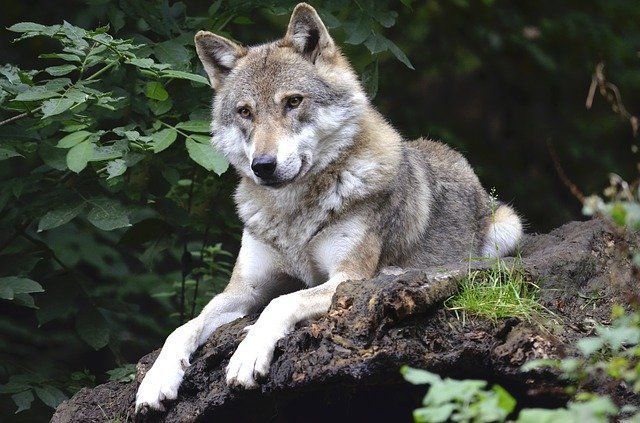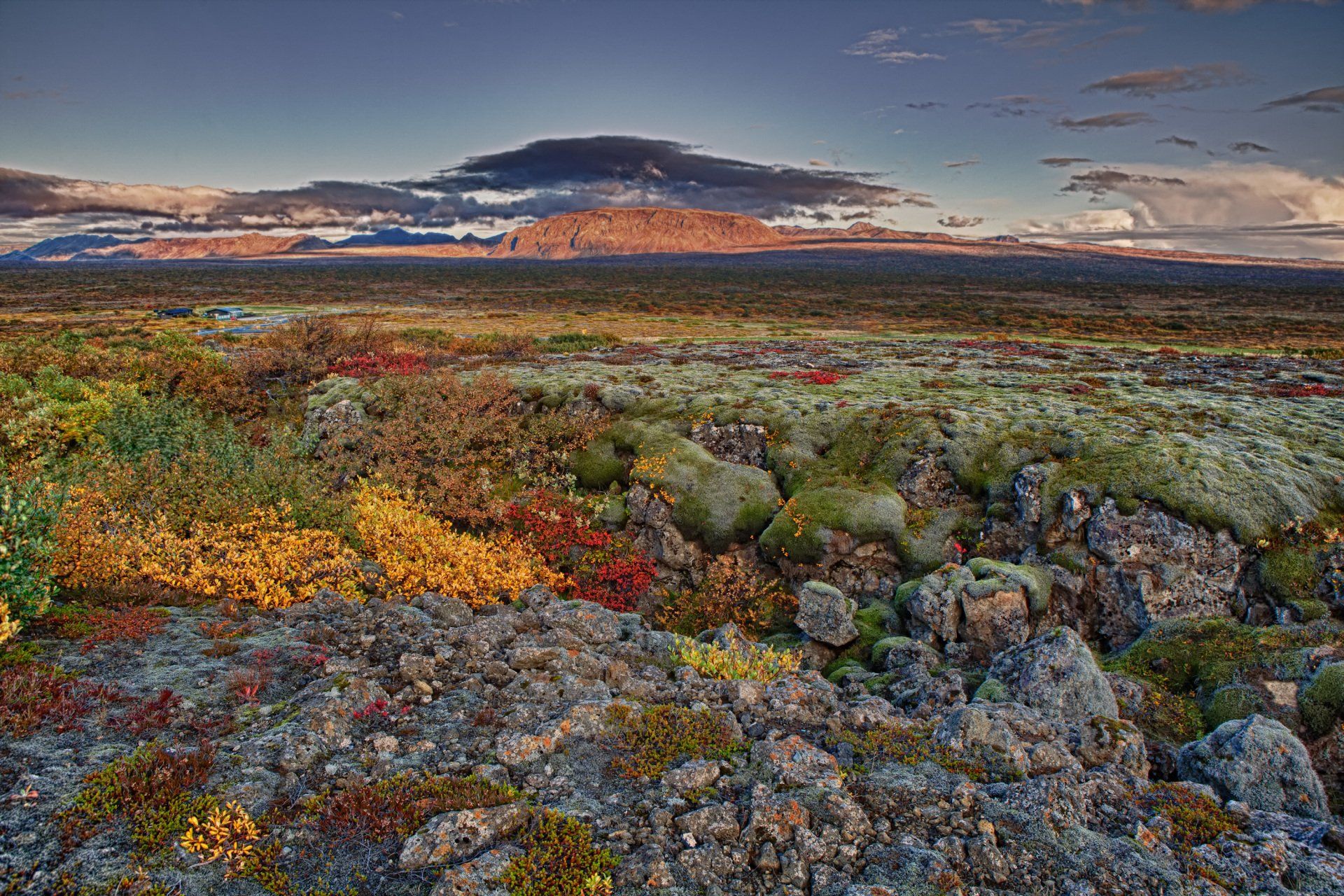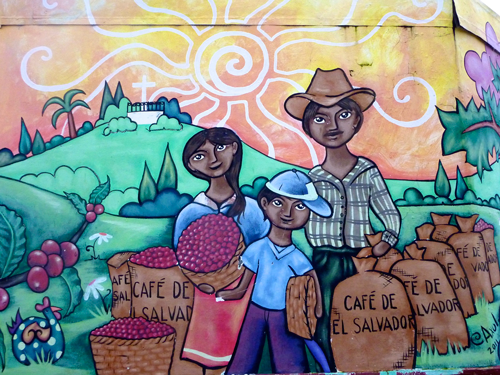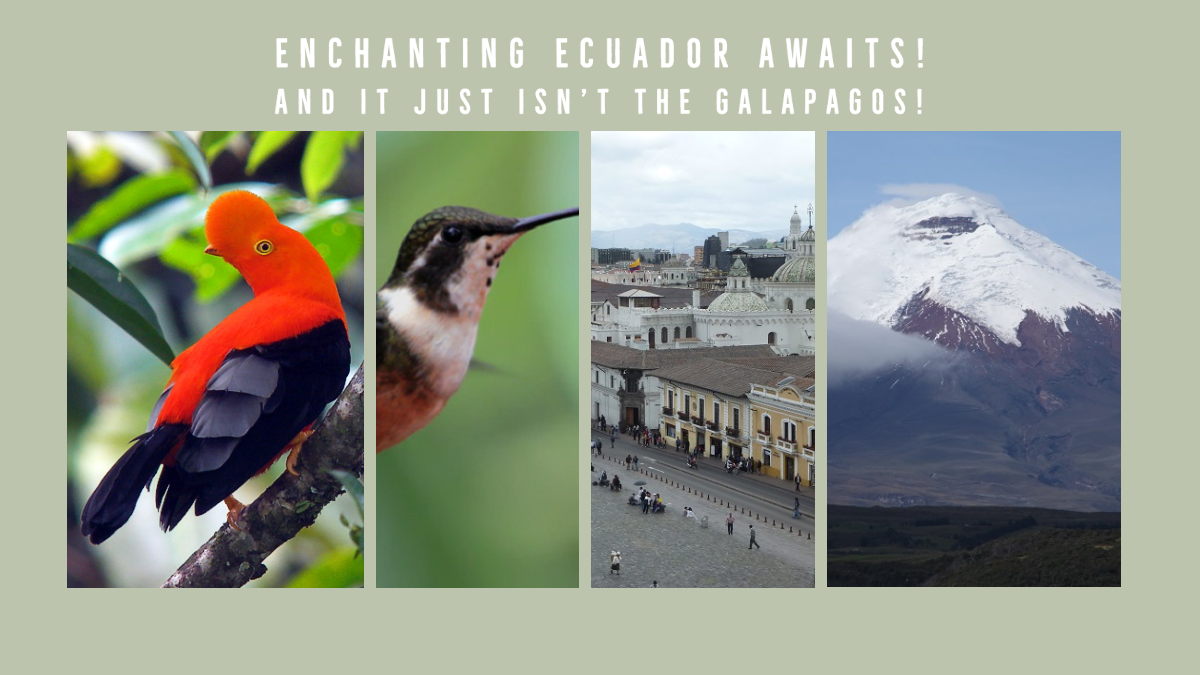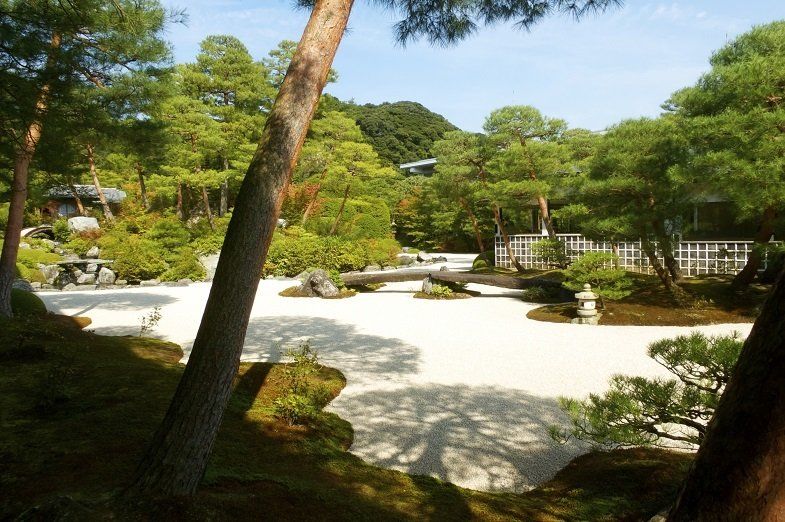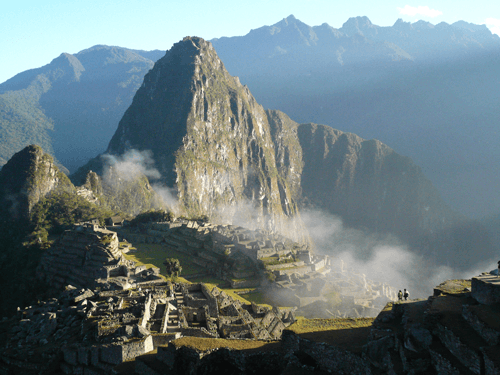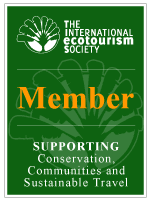THE A – Z OF LATIN AMERICA WONDERS
Central and South America are well-known for their natural wonders, amazing animals majestic ruins and adventure activities. Take a journey with me from A to Z as I list some of my favourite wonders.
A – Amazon River
The Amazon can only be described in superlatives. It covers an area of more than 5 million square kilometers and crosses nine countries (Brazil, Venezuela, Peru, Colombia, Bolivia, Ecuador, Suriname, Guiana and French Guiana). It encompasses the single largest remaining tropical rainforest, houses about 10% of the world’s biodiversity, travels more than 6,600 km., and accounts for 15% of the world’s total river discharge into the ocean. The Amazon includes an immeasurable number of mammals, birds, reptiles, amphibians, and the largest number of freshwater fish species in the world. It is also home to more than 30 million people. The Amazon puts food on the table, supplies the ingredients for many drugs, and plays an indispensable role in climate control.
B – Buenos Aires, Argentina
Buenos Aires is cosmopolitan; European in appearance, but a fusion of many nations: Spanish, Italian, British, French, German, and many others. Past grandeur and wealth, migration, and cultural impact is reflected in the diverse neighbourhoods of Buenos Aires. Explore the city through its parks and plazas bringing alive its everyday life and the peculiar psychology of the ‘porteno’, the inhabitants of Buenos Aires.
C – Cartagena de Indias, Colombia
Cartagena was founded in 1533 and was the only port in South America. The port’s wealth increased as gold and silver pillaged from indigenous people was stored and shipped from Cartagena. The city’s fame attracted pirates and corsairs. Some of the more infamous pirates included Sir John Hawkins, Sir Francis Drake, and Jean-Francois Roberval. After fending off pirates for 30 years, the city surrounded itself within a wall and fortress. This wall protected the historic centre with its cobblestone streets, colourful colonial buildings, leafy plazas, fruit vendors, and street art. Cartagena’s tropical climate makes it a popular beach destination.
D – Dolphins
The Amazon River dolphin or pink river dolphin is the largest species of river dolphin, averaging about 6.5 feet in length. Their colour ranges from dull gray-pink to bright pink. The murkier the water the pinker the dolphin’s colour is. The dolphins are found in the Amazon River and Orinoco River systems which flow through Bolivia, Brazil, Colombia, Ecuador, Guyana, and Peru.
E – Easter Island, Chile
The island was known as Rapa Nui to its earliest people. For reasons unknown, the inhabitants began to carve giant statues known as moai. These carved human figures with enormous heads often rest on ahus or rock alters. There are about 900 giant stone figures with Ahu Tongariki being the largest group of upright moai.
F – Frogs
The frog population in Latin America is diverse due to the biologically rich Amazon rainforest. Many frogs secrete poison as a means of defense. The small brightly coloured poison arrow frogs are among the best known and most toxic. The poison arrow frogs come in a variety of colours: blue, green, yellow, and red.
G – Galapagos, Ecuador
The isolated volcanic “Enchanted Islands” is a haven to a wide diversity of plant and animal species, many native to a particular island. Charles Darwin’s visited the islands in 1835 and formulated his theory of evolution based on his findings on the islands. Sea lions, penguins, swimming iguanas, blue-footed boobies, and long-legged flamingos….just some of the amazing wildlife found in the Galapagos.
H – Howler Monkeys
Howler monkeys are one of the largest of the New World monkeys found throughout Central and South America. They come by their name naturally, having the loudest call of all monkeys. Howlers’ can be heard as far away as 5 kilometres, telling other troops that this territory is occupied.
I – Iguassu Falls, Brazil or Iguazu Falls, Argentina
Iguassu or Iguazu Falls, a UNESCO World Heritage Site, is composed of many cascades, making it one of the most spectacular waterfalls in the world. The Devil’s Throat acts as the imaginary boundary between Brazil and Argentina. The view from Brazil gives you an overview of the falls and from Argentina you have an up-close view of the falls. The subtropical rainforest that surround the falls are home to over 2000 plants and wildlife such as tapirs, giant anteaters, howler monkeys, ocelots, jaguars and caimans.
J – Joya de Ceren Archaeological Park, El Salvador
Joya de
Ceren, a UNESCO World Heritage site, is the only Mayan location where
you can see the day to day life of the pre-Colombian inhabitants. The village
was buried under 14 layers of ash after several volcanic eruptions. The
villagers were apparently able to flee as no bodies have been found. But they
left behind their utensils, ceramics, furniture and even half-eaten food.
K – King Penguins, Chile
Ten years ago King Penguins established the only colony outside of the Antarctic area at Tierra del Fuego. Archaeological sites on the island indicate that King Penguins once inhabited this island but they disappeared once Europeans arrived. Today the colony has grown from 16 individuals to over 100 penguins with 15 healthy chicks born in 2016. The colourful King Penguin is the second largest penguin after the Emperor penguin.
L –Lake Atitlan, Guatemala
Surrounded by rugged hills, a trio of towering volcanoes, and a handful of small villages, Lake Atitlan is a mystical place. Located in the Guatemalan highlands, Tz'utujil and Kaqchiquel Mayas have paddled its shores for centuries, and continue to wear vibrant traditional clothing and practice age-old Maya customs.
M – Machu Picchu, Peru
The “Lost City of the Incas” is the most well-known archaeological site of South America. Set high in the Andes, Machu Picchu remained hidden from the Spaniards and was forgotten until Hiram Bingham re-discovered the ruins in 1911. It could have been built as a ceremonial site or a military stronghold. The engineering skills of their buildings, walls, terraces and water supply system point to a sophisticated culture. Many of the sights align with astronomical events such as the solstice sunset. Today Machu Picchu is one of the most visited sights in Latin America
N – Nazca Lines, Peru
The Nazca lines located in southern Peru, total cover an area of 1000 square kilometres and are composed of over 800 straight lines, some running up to 48 kilometres, 300 geometric figures and 70 animal and plant patterns. There are geometric designs such as trapezoids, rectangles, triangles and swirls. There are also distinct figures such as a monkey, hummingbird and spider. There are several theories of the purpose of the Nazca Lines but research continues as new technology is added to the investigation.
O – Ometepe Island, Nicaragua
The island of Ometepe is situated in one of the world´s largest fresh water lakes, Lake Nicaragua. Ometepe has served as home to indigenous tribes and cultures for many centuries, as revealed by many pre-Columbian petroglyphs. The two volcanoes on the island, Concepción and Maderas, have their own climate and unique vegetation and hiking either of them is a great way to enjoy spectacular views of the surroundings.
P – Panama Canal, Panama
The Panama Canal, completed in 1914, connects the Atlantic and Pacific Oceans and was one of the largest engineering feats of its day. The 77 kilometre passage eliminated the need for ships to sail around the tip of South America, a voyage of about 12,875 kilometres. The canal cuts across the Isthmus of Panama. There are locks at each end lifting the ships up to Gatun Lake, about 26 metres above sea level. The original locks are 33.5 metres wide and didn’t accommodate today’s larger ships. In 2016, a wider lane of locks opened that would allow the larger ships to enter the Panama Canal.
Q – Quito, Ecuador
Quito, Ecuador’s capital, is located in a valley on the slopes of Pichincha Volcano. It is a contrast of colonial and modern architecture but it is the ‘Old Town’, a UNESCO World Heritage Site, which attracts most visitors. It is filled with colonial monuments and architectural riches such as the Cathedral, the Presidential Palace and the Archbishop’s Palace.
R – Resplendent Quetzel
The Resplendent Quetzal with its dazzling green plumage, crimson red breast, and its streaming tail feathers is considered one of the most gorgeous tropical birds in Central America. It was the Mayan’s Holy Bird, and it often appeared in their cultural renderings next to their Gods. The Mayan nobility used the bird’s long streaming feathers for headdresses and cloaks. A glimpse of a quetzal is a spectacular sight and is a highlight to both birdwatchers and nature lovers.
S – Suchitoto, El Salvador
Suchitoto is the cultural capital of El Salvador. The entire month of February celebrates artists, music, and theatre. Indigo production, once a major industry in the area, is still practiced. You can even create and dye your own item. Suchitoto is known for its beautiful colonial houses, church, art galleries and restaurants, many with a panoramic view to Lake Suchitlan. The lake, once a river, was dammed and now provides birdwatchers sightings of pelicans, herons and storks.
T – Tortuguero National Park, Costa Rica
Protecting over 22 miles of beach, Tortuguero National Park is a key nesting area for green, leatherback, hawksbill and loggerhead turtles. Declared a national park in 1970 to protect turtle nesting sites, this park is also a wildlife sanctuary for monkeys, jaguars, green macaws, tapirs, and a variety of other mammals, birds and reptiles. Travel by boat is the main mode of transportation along the canals that make up Tortuguero National Park.
U –UNESCO World Heritage Sites or Biosphere Reserves
Latin America highlights a rich culture and natural splendours. There are over 100 UNESCO World Heritage Sites and Biospheres in Latin America…too many to list but some include Tikal in Guatemala, the Pantanal in Brazil, Torres del Paine in Chile and the historical city of Arequipa in Peru.
V – Volcanoes
Latin America is part of the Ring of Fire, a string of volcanoes that stretches from the tip of South America, along the coast of Central and North America and across to the South Pacific and Asia. About 75% of all active volcanoes in the world occur within the Ring of Fire. Many of the Latin America countries were born from volcanic eruptions. Both active and non-active volcanoes can be explored. Hike Arenal Volcano in Costa Rica, Cotopaxi Volcano in Ecuador, or Pacaya Volcano in Guatemala.
W – Wine Tours, Argentina & Chile
Both Argentina and Chile have a dynamic winemaking history, and in recent years, have been recognized for the production of some of the best wine in the world. Mendoza is the largest and most important wine region of Argentina. About two-thirds of Argentinian wines are produced in this area. Some of the highest altitude wineries in the world are found in the Calchaqui Valleys. In contrast Chile’s wine district is located between the Andes and the coast in the renowned wine valleys of Maipo, Cachapoal, Colchagua, San Antonio, Aconcagua, and Casablanca. Because of the diverse wine growing areas and Mediterranean climate, Chile is able to produce a wide range of wine styles.
X – Xunantunich, Belize
Xunantunich or Maiden of the Rock was once an important Mayan ceremonial centre in the Classic Period with a population of 10,000 people. Climb “El Castillo”, a 130 foot temple, for spectacular views of the towns San Ignacio, Benque Viejo Del Carmen and the Guatemalan countryside
Y – Yasuni National Park, Ecuador
Yasuni is one of the most biologically diverse places in the world. The reason for this diversity is unknown. It could be because of its location at the crossroads of the Andes, Amazon and the equator, the high annual rainfall or the little temperature variation. Whatever the reason, Yusuni abounds in millions of species of insects, reptiles, bats, frogs and toads, plants, birds, and mammals.
Z – Zipaquira, Colombia
Zipaquira is noted for its remarkable Salt Cathedral and the tunnels that house the modern interpretation of the Stations of the Cross. This unique building was constructed approximately 120 metres underground in a closed salt mine.
